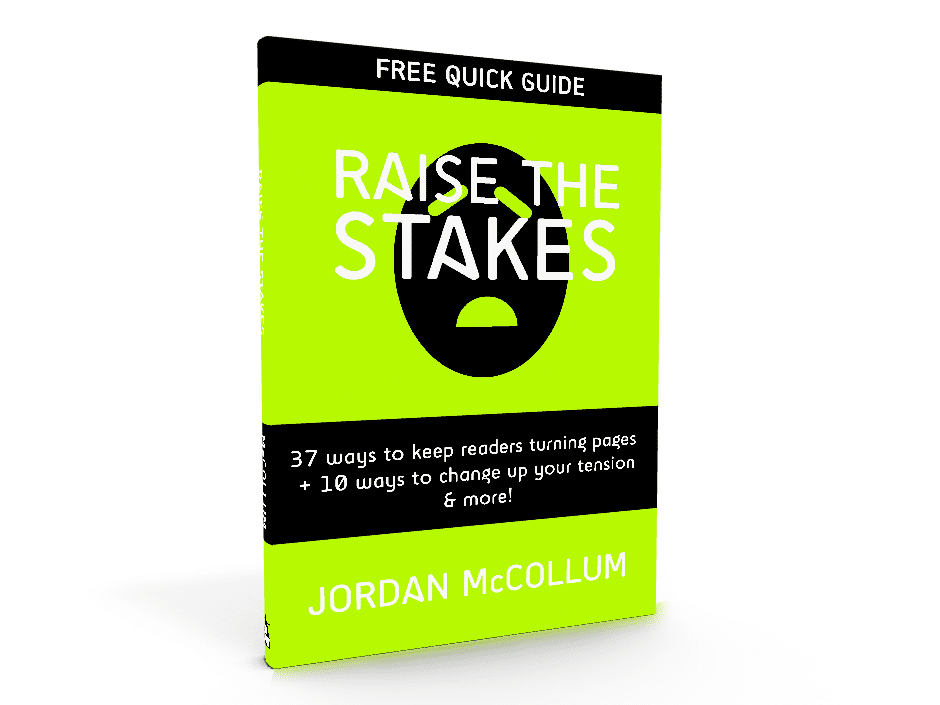Today is the day: we finally begin our series on backstory!
 Backstory is the events that happened before your story starts. Your characters need backstory—but your story may not.
Backstory is the events that happened before your story starts. Your characters need backstory—but your story may not.
Our characters do need backstory—they need to have come from somewhere, have had experiences that shaped their outlook, attitudes, personalities, and reactions. Backstory rounds out a character, helps us to make their actions consistent and explains their motivations. Thus, backstory can and should be a huge tool for characterization and creating well-rounded characters.
But does your story need backstory included in its pages? The answer is probably yes—but the general rule is that to actually stop the story to play all that out as little and infrequently as possible.
Most of the time, backstory does influence the plot directly: at least part of the important events of a story come before the actual “start” of the story. Take Hamlet, for example: before the play starts, the story events are already in motion—his father is already murdered, and his uncle has already married his mother.
The backstory that creates the opening circumstances may be explained fairly quickly—but some of the backstory may not be revealed until the climax (such as the identity of the murderer) or the resolution (the hero[ine] explains why s/he acts in a certain way—though that may not be the best example. Readers get frustrated with inexplicable actions as much as characters do, so if it’s a POV character, we’d want to explore that a little more).
Coming up: how to tell story from backstory (i.e. knowing when to start your story), avoiding infodumps, using backstory to shape your characters, and a guest post by one of my favorite writing instructors, Margie Lawson!
What do you think? How do you define and use backstory?
Photo by Angela Shupe



I try to keep blackflashes to a paragraph and make sure they have something to do with what is happening in the present moment—more like a memory flash. If you do this here and there, you can feed in bits of info without the reader really noticing that they are being informed. For more important longer flashbacks I think you can go on for a few pages, but they need to be important to what is happening now. Flashbacks must be used for that purpose—triggered by something that happens to the character NOW. The length of it is determined by its importance. A good book will hint at a number of things that happened in the past (those are the few lines sprinkled here and there or one paragraph backflashes) that later will then play out in a longer memory or flashback to reveal all. I also try not to include very much backstory in the first 50 pages. We need to give our readers enough time to get into the flow of the story, the characters, to care about them, otherwise backstory can become distracting when the reader just wants to know what’s happening.
It’s a Catch-22. You’re damned if you write it and you’re damned if you leave it out.
Some writers hold out backstory like a tantalizing clue that seems important but they just won’t tell you.
Others feel like they have to explain everything which is boring.
Sometimes it really depends on your world. Since I’m writing an alternate history, people have been clamoring for reasons why history was altered. It’s backstory…but it’s kind of crucial for people to understand. At the same time I can’t just dump it in there.
Moving from first draft to second, I ended up cutting or moving the first 100 pages, because it was all back story. We need to know about the character, and what makes them who they are, but it has to be sprinkled in a little at a time, and only as needed. But I think it’s something the author really needs to know.